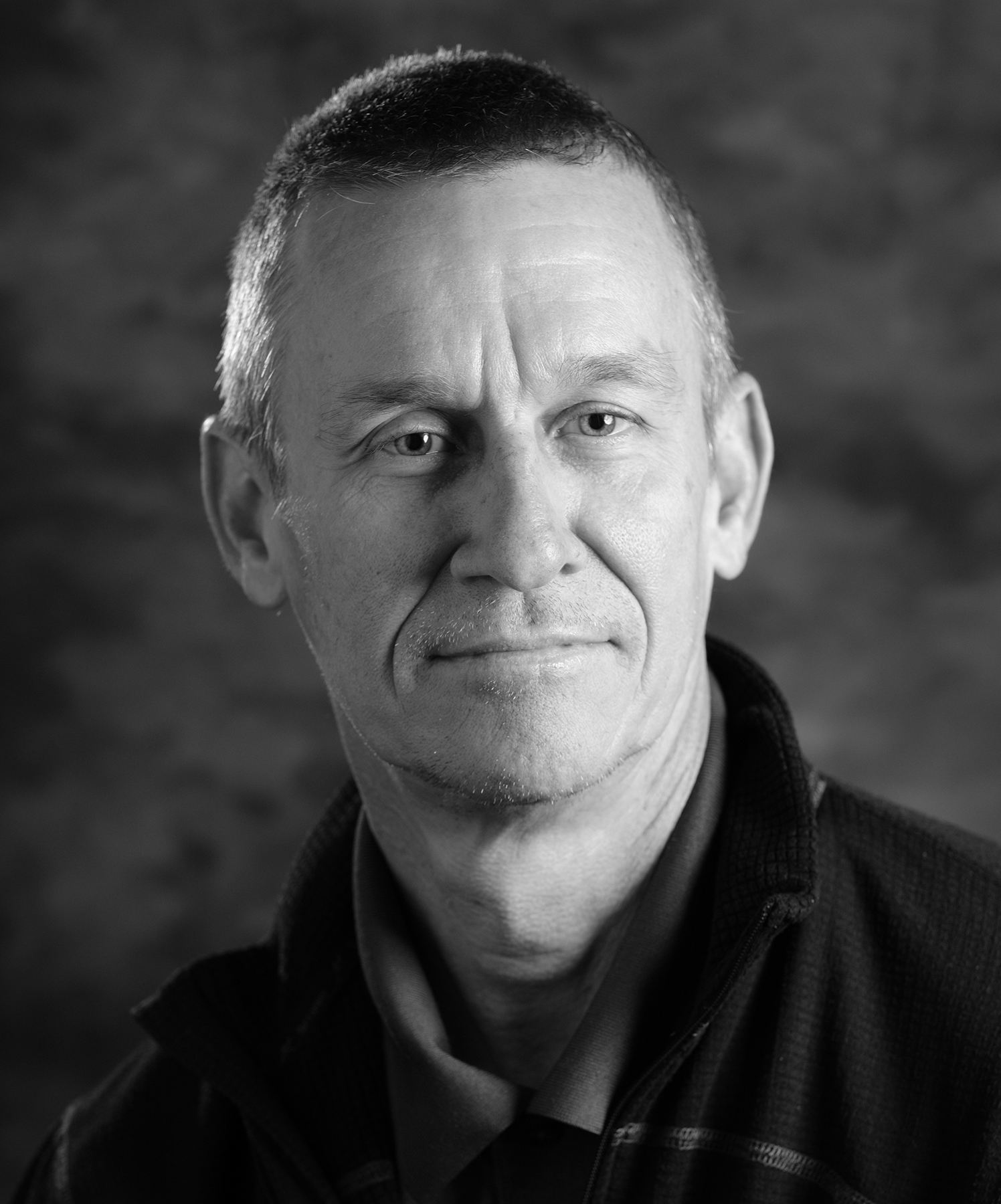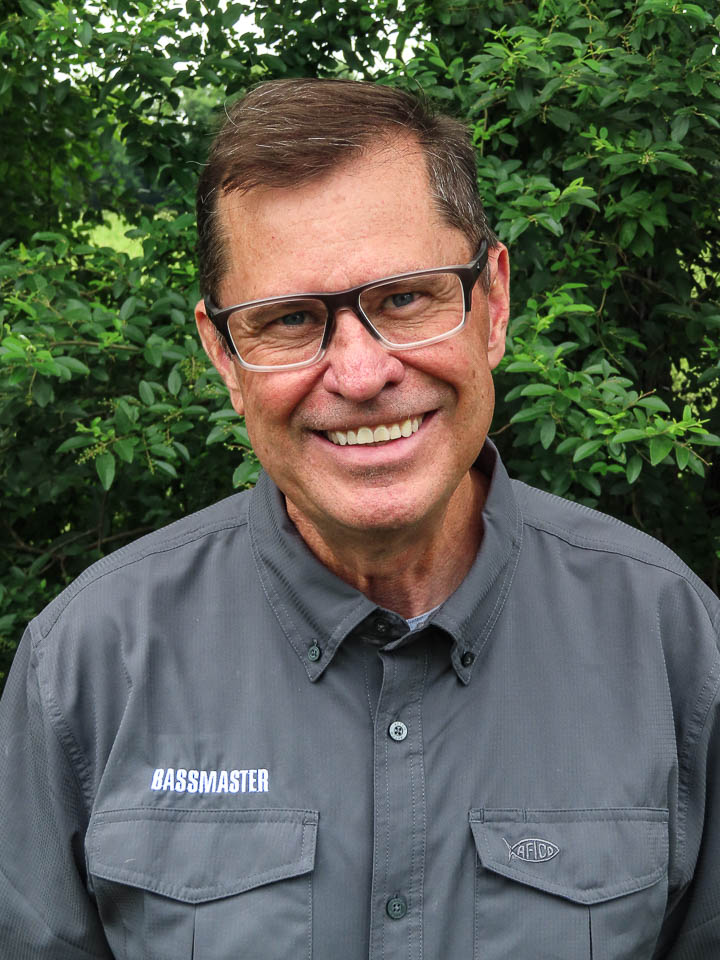

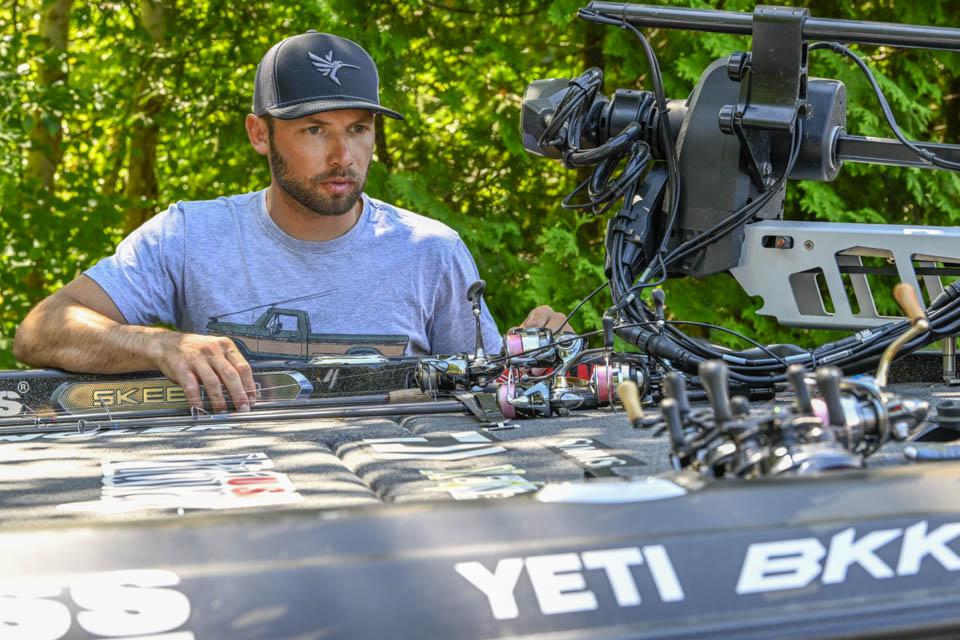
“One thing it does is take you longer to move from area to area. For me in big water situations I typically do better when I can get in an area and spend more time there, compared to wasting time running around.
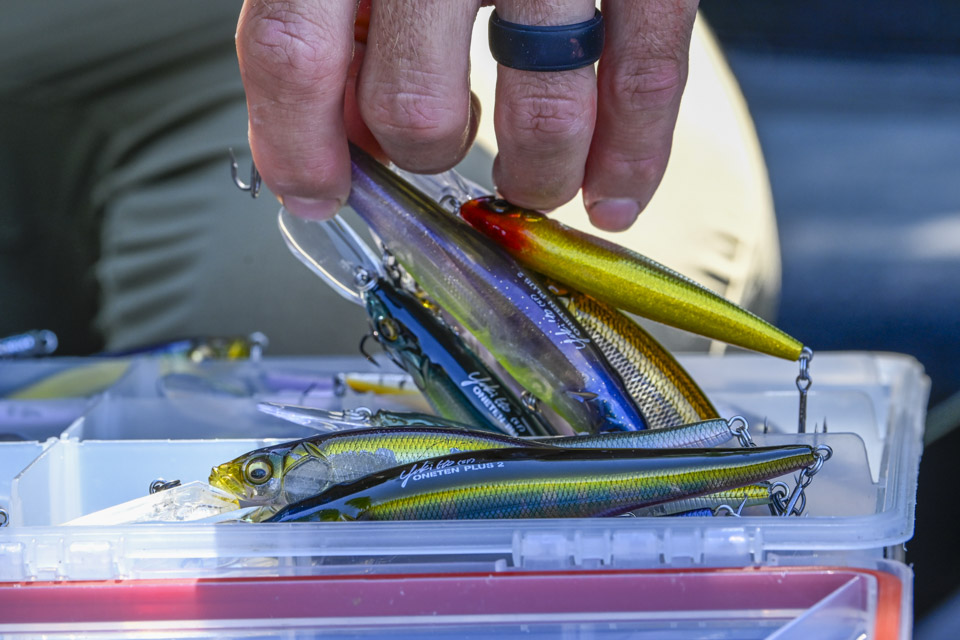
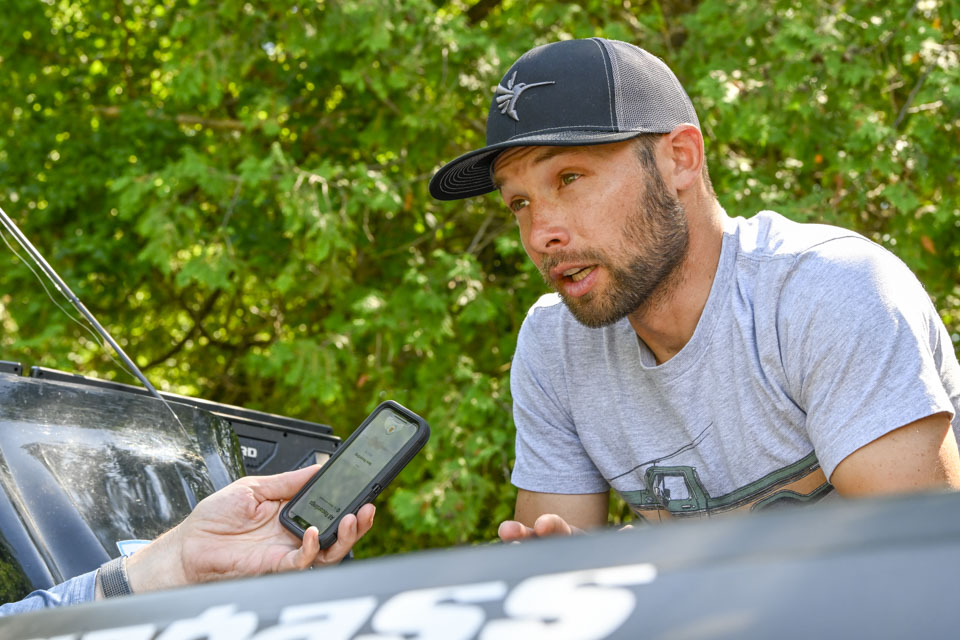


“The biggest consideration is big winds (like we might have with Tropical Depression Debby) are par for the course at Champlain. That’s what is great about the lake. It requires making strategies based on the weather conditions, regardless of how they are and even on calm days.

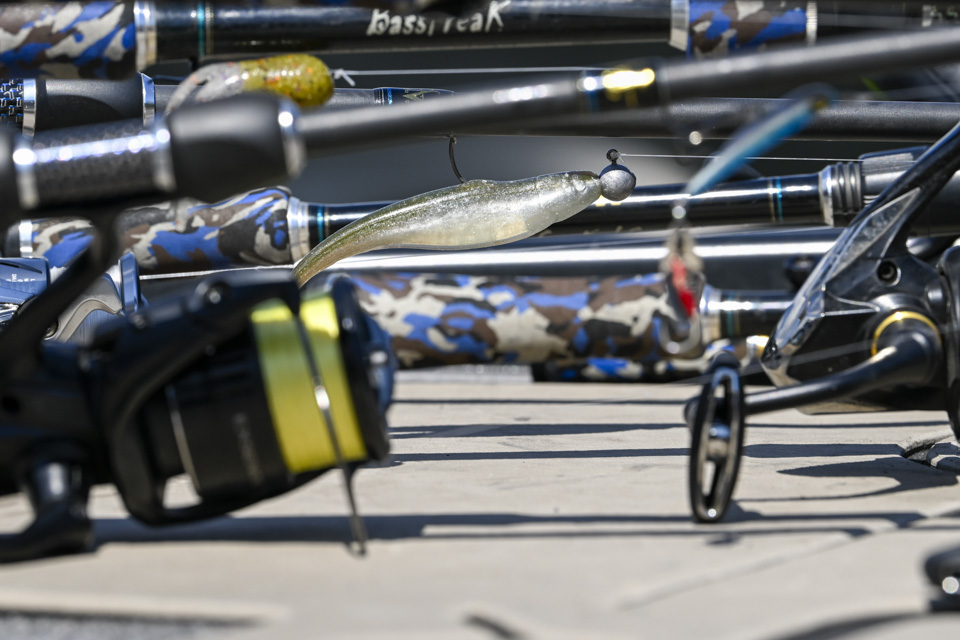

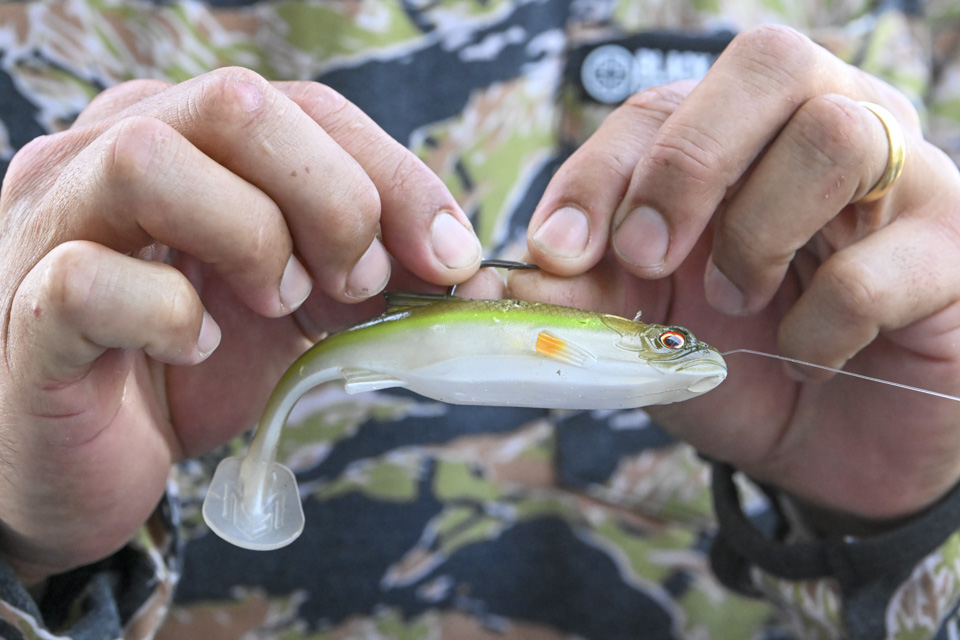
It looks like we’ll have weather coming in on Friday, but it’s not any different than what we had during practice. We had sideways rain and all that. When we come here you practice for the variable weather conditions; the wind, the rain, whatever it might be. It’s amplified here because of the sheer size of the lake.
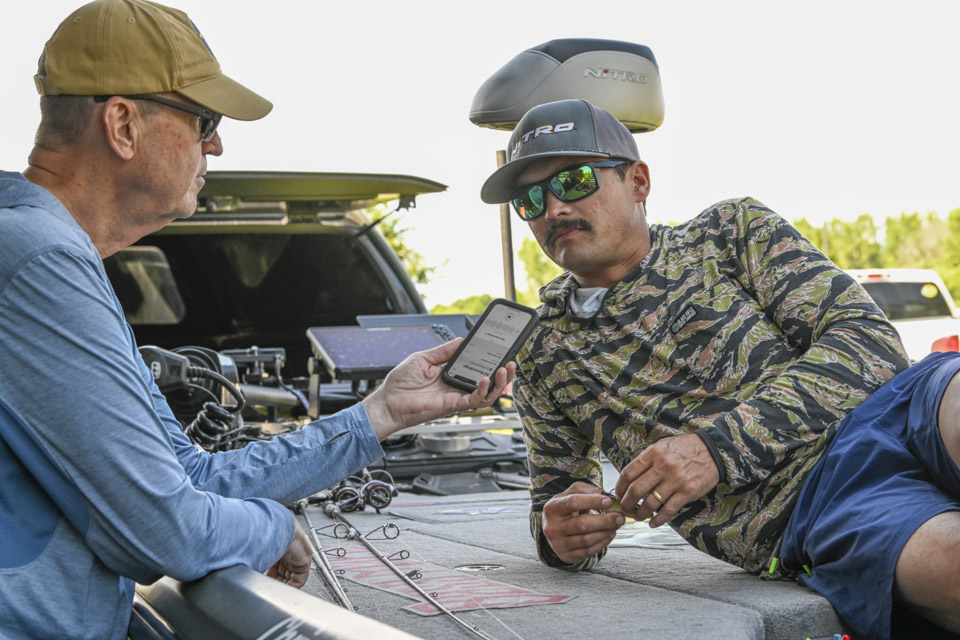

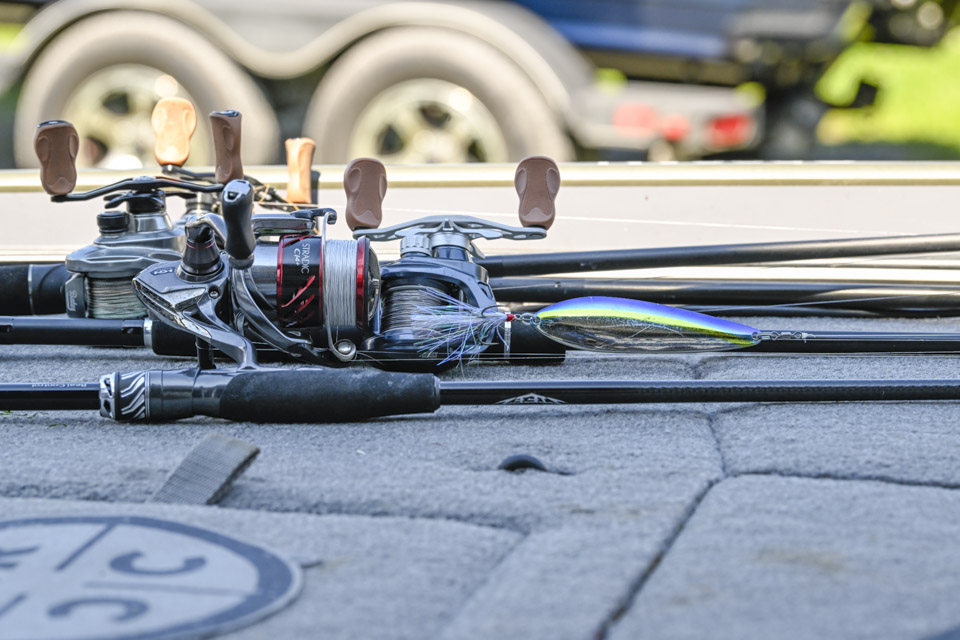

“Lake Champlain is so big and you can catch quality largemouth and smallmouth just about anywhere, and that makes it difficult to eliminate water while coming up with a strategy that will sustain itself for two or four days.




“We often get asked how we break down Champlain about everywhere we go, and that’s a good question. How I am going to do it fish my strengths for largemouth in shallow water, and it can be done here. I also believe that largemouth will factor in more than in the past.
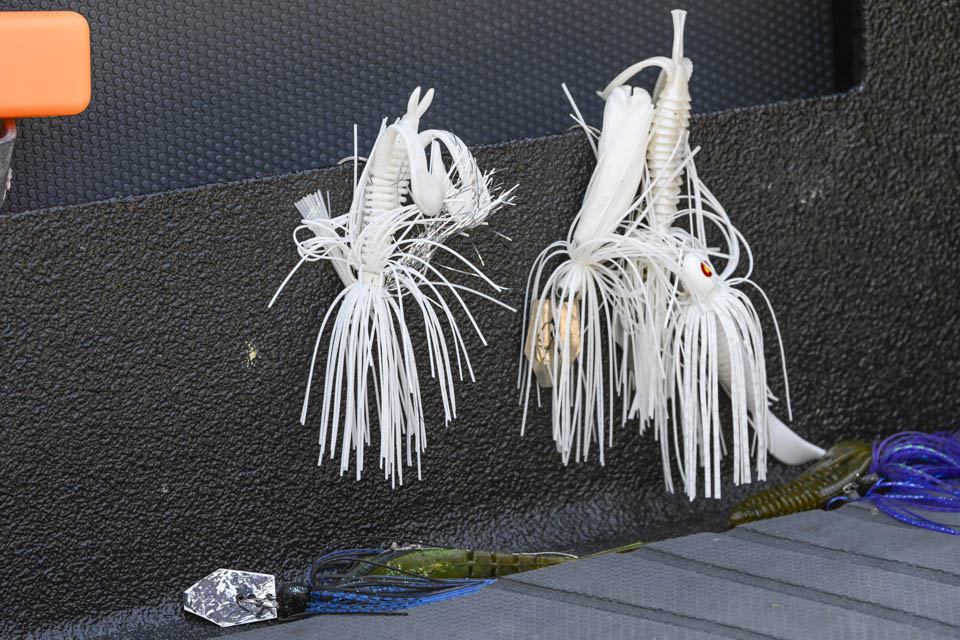
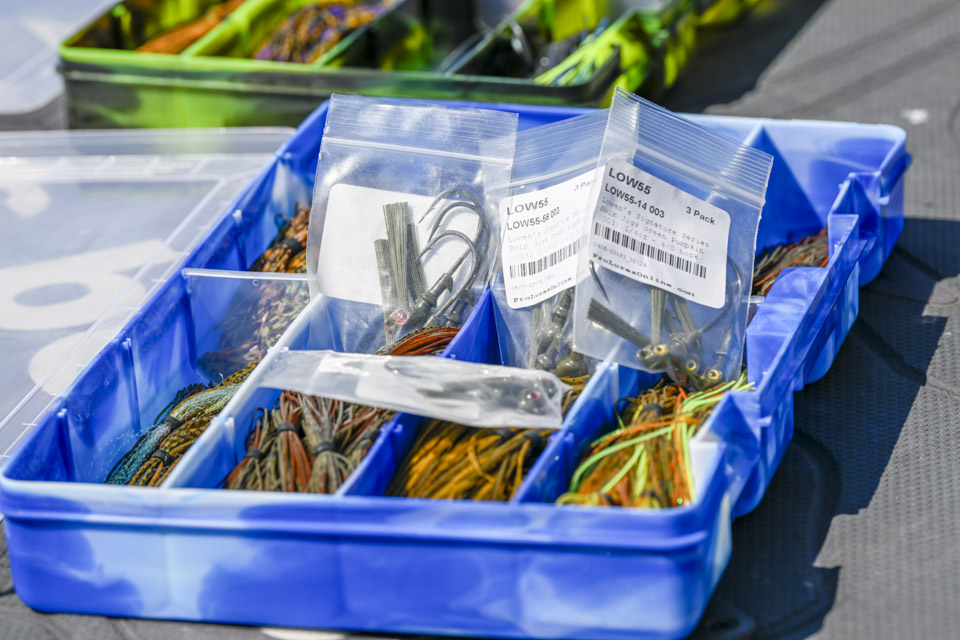

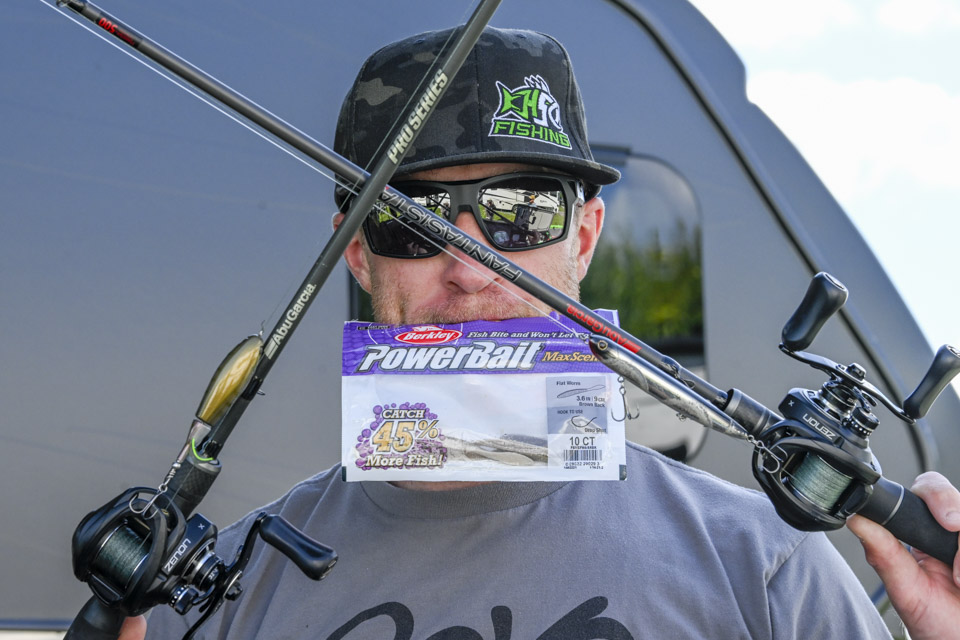
“Last year we had similar conditions for what we might face with the weather, and guys are factoring that into strategies as the given for Lake Champlain.




